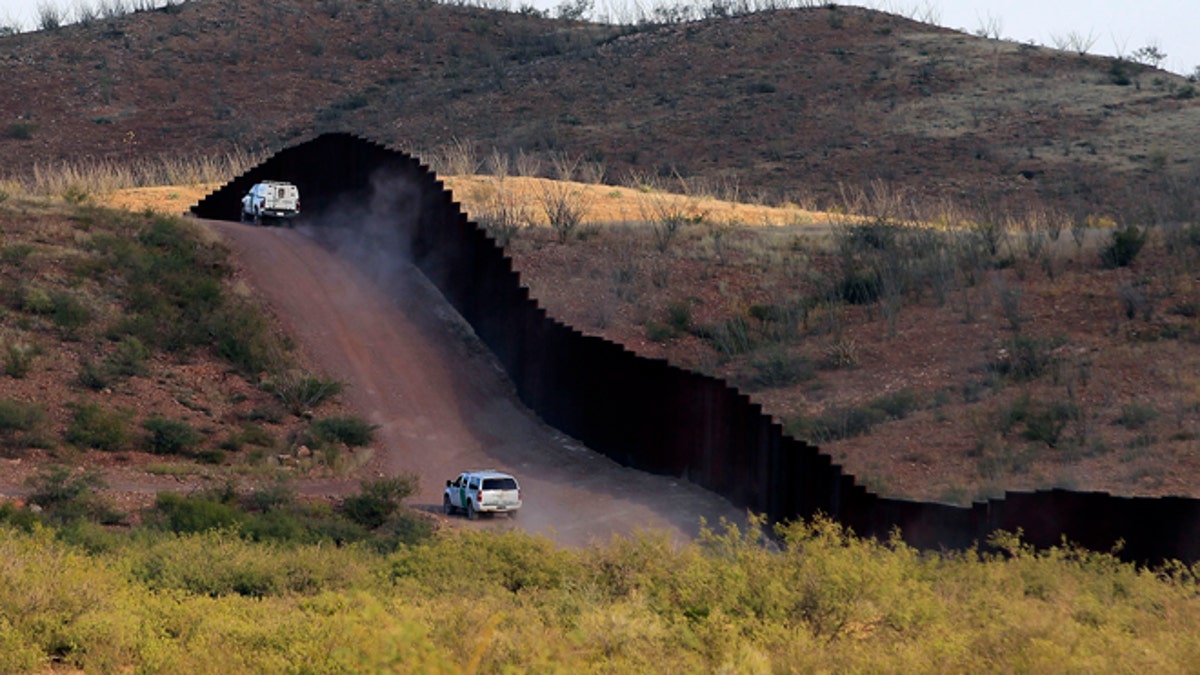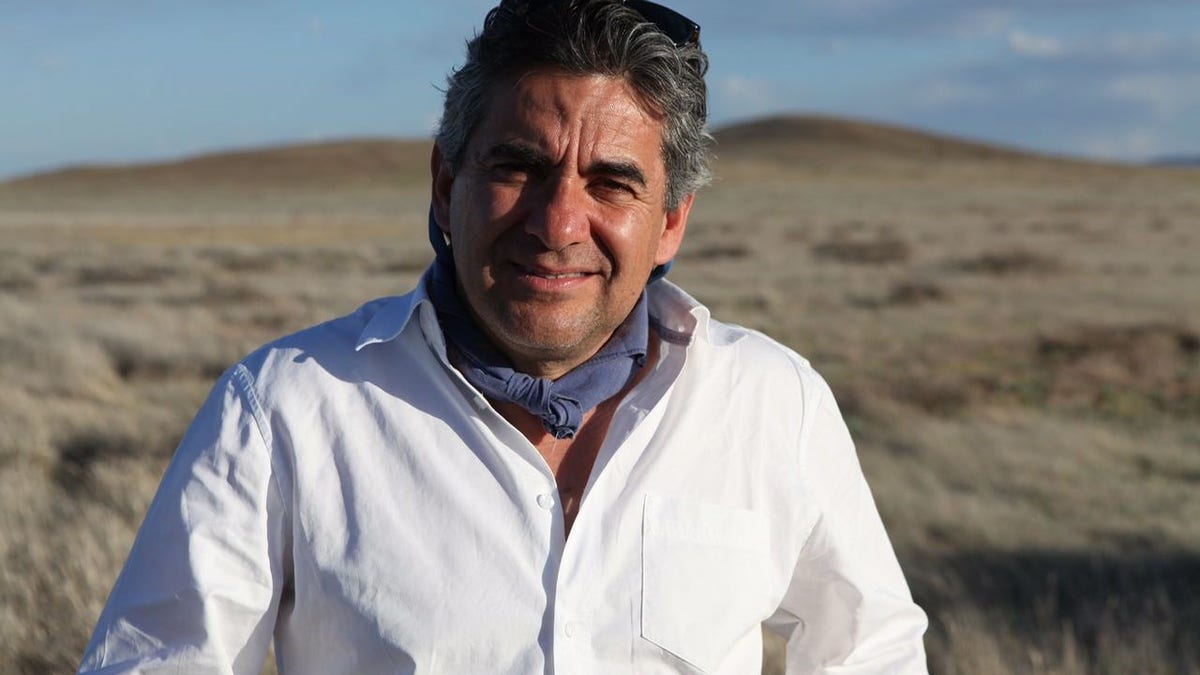
U.S. Border Patrol agents patrol the border fence near where a U.S. Border Patrol agent Nicholas Ivie was shot and killed, and one other was shot and injured, in Naco, Arizona (AP2012)
MEXICO CITY – A study by Mexico’s top university has revealed that at least 800 species of wildlife will be adversely affected by President Trump’s planned 2,000-mile border wall with Mexico.
Research published by ecologists from the Mexican National Autonomous University has shown that an impassable physical barrier placed into ecosystems inhabited by jaguars, black bears and bighorn sheep will so disrupt patterns of migration as to cause a “natural catastrophe.”

Professor Ceballos has spent the last six months traveling the length of the border, from Tijuana to Texas. (Fox News/Alasdair Baverstock)
“The U.S.-Mexico border is made up of mountains, jungle, coastline and many other diverse ecosystems,” Professor Gerardo Ceballos, who led the investigation published last week, told Fox News. “Wildlife has populated these regions for millions of years, and has always had freedom of movement to hunt, reproduce and migrate. To make these animals suffer as a result of man’s political agenda is entirely immoral.”
Of the 800 species that will be affected by President Trump’s border wall, 140 are in danger of extinction, including the bald eagle, grey wolf, armadillo and jaguar, a big cat of which remain only 10 in the highlands of the Sonora Desert that straddle Arizona. Those animals whose range will be halved by the border wall’s construction will be impeded in their ability to reproduce with other members of their species, thereby creating a shallower gene pool and heightening the chance of inbreeding.
“It would be a very great shame to see this shared interest fall by the wayside because of the current political agenda in Washington.”
“It goes against the very principles of evolution that has created these amazing natural environments,” said Professor Ceballos, who has spent the last six months traveling the length of the border, from Tijuana to Texas.
“If the wall is being built to prevent illegal immigration from Mexico into the U.S., then there are more effective and less harmful ways of achieving this goal,” he said.
“Aerial surveillance in areas known for their high density of illegal crossings can be simply achieved by placing thermal cameras on the top of high poles, and working to shorten Border Patrol response times,” he told Fox News. “You can also increase Border Patrol presence in areas where at the moment little exists, and all for a far lower price tag than a border wall, and with no damage to the local ecosystem.”
The U.S. Border Patrol gave Donald Trump its first ever formal endorsement to a presidential candidate during 2016’s election campaign, and while agents from California to the Gulf of Mexico wait for construction to start on the barrier, many local authorities feel the reported $1.5 billion cost that President Trump will ask for in his upcoming federal spending bill could be better spent elsewhere.
TRUMP BUDGET CALLS FOR BILLIONS FOR BORDER WALL WITH MEXICO
“When we catch illegal immigrants, they go to detention centers where their pleas for asylum mean 90 percent remain in the U.S. anyway,” one Border Patrol agent in southeast Texas, where 18,000 illegal immigrants (many of them children) were captured in a five-month period in 2015, told Fox News on condition of anonymity.
“They are always finding new ways to cross, and a five-meter wall isn’t going to pose much of a barrier to someone fleeing the gangsters in Guatemala.”
Leonora Esquivel is the founder of AnimaNaturalis, Mexico’s leading animal rights organization, which recently succeeded in banning the use of animals for performance in circuses throughout the country. She says her organization will fight the process of construction at the border wall should U.S. Congress approve it in the federal spending bill this month.
“Animals have no concept of political boundaries created by humans, and to impose a physical barrier that impedes their movement is entirely wrong,” she told Fox News.
“The border region is a massive area of natural beauty and diversity,” she said, “to destroy its ecosystems with a wall when other alternatives are available is unfair to the innocent wildlife which has been there far longer than us.”
While Mexico makes up just 1 percent of the Earth’s total land surface, it is home to 10 percent of all land species known to science, many of which are shared across North America. In the past, the U.S. Fish and Wildlife Service has worked closely with Mexico’s CONABIO (Commission for Biodiversity) over conservation projects of shared fauna. Most recently, the Wildlife Without Borders program has sought to promote bi-national reintroduction and recovery of California condors, prairie dogs and other species shared by the neighboring nations.
“International cooperation with the U.S. has always been very strong in terms of wildlife conservation, as we both occupy a very beautiful region of diverse ecosystems right in the middle of our shared continent,” said Professor Ceballos.
“It would be a very great shame to see this shared interest fall by the wayside because of the current political agenda in Washington.”
